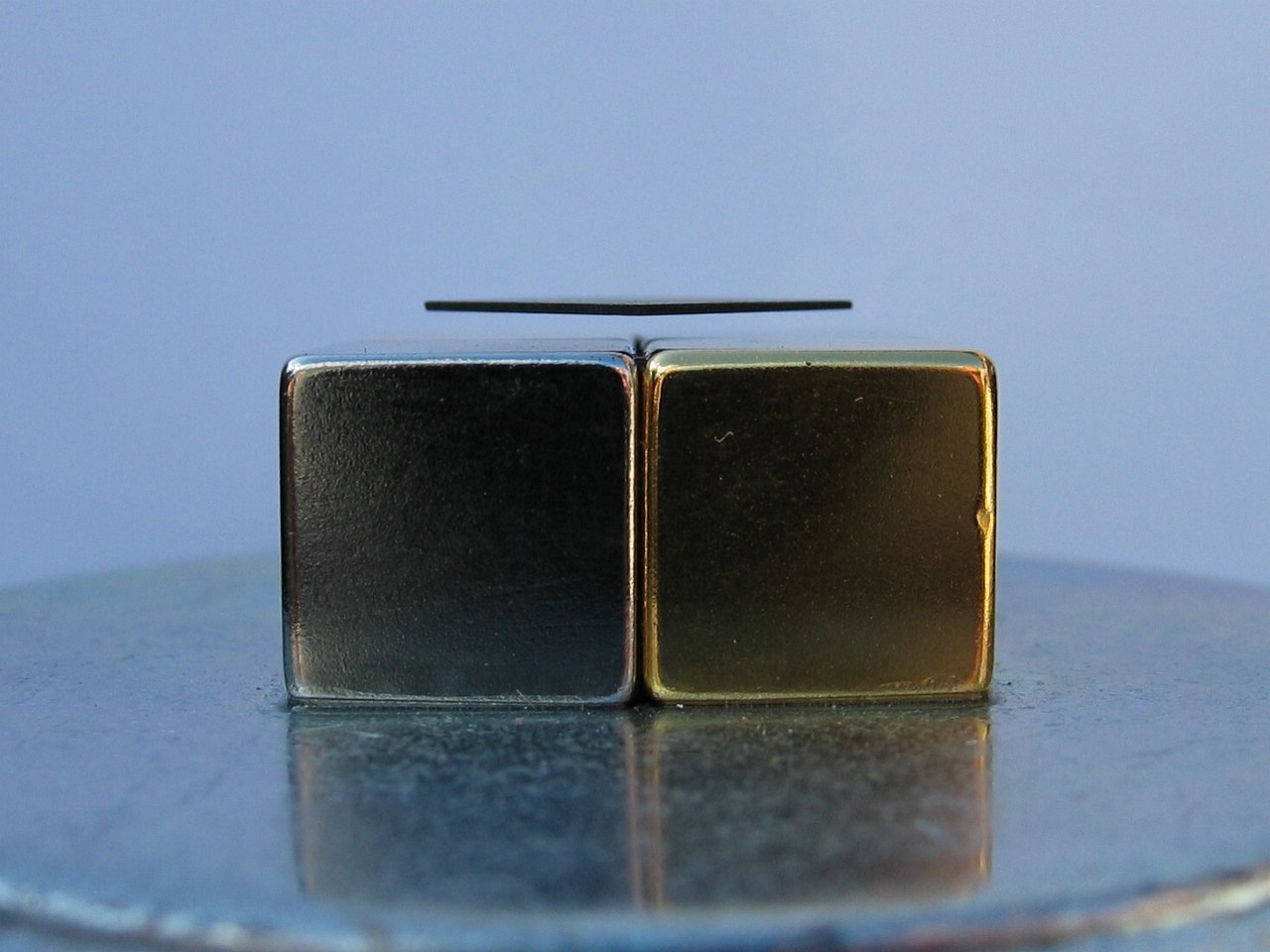Before we start off on this application of MO theory, let us recap by asking ourselves two questions: Is N2 diamagnetic or paramagnetic? Is O2 diamagnetic or paramagnetic?
Now, to help you answer this question, a molecule is considered to be diamagnetic if all its electrons are paired, whereas it is paramagnetic if there are unpaired electrons in its molecular orbitals. Essentially, diamagnetic molecules are not attracted by external magnetic fields, whereas paramagnetic molecules are. Hence, we can easily answer these two questions by drawing out the molecular orbital diagrams of N2 and O2 and filling up the molecular orbitals with electrons, as follows:
As you can see, all the electrons in diatomic nitrogen molecules (N2) are paired, but on the other hand, there are two unpaired electrons in diatomic oxygen molecules (O2). This means that nitrogen gas is diamagnetic, whereas oxygen gas is paramagnetic. Hopefully you arrived at the same answer as us.
These properties of nitrogen and oxygen are extremely useful in oxygen level analysers, which is the application of MO theory that we will be discussing in this post. An oxygen level analyser, as the name suggests, is a device that measures the concentration of oxygen in the air around it. They look like this:

(Source: http://img.directindustry.com/images_di/photo-g/oxygen-analyzer-zirconia-27141-2635413.jpg)
These devices are extremely useful in safety-related and industrial applications. For example, they can be used to monitor oxygen levels in environments where oxygen levels may drop to hazardous levels without warning. Such places include underground mines, where circulation of fresh air from the surface is limited, and chemical plants, where a gas leak may quickly displace oxygen in the atmosphere. At any point in time when the device detects that the oxygen level is below a safe level, it can sound an alarm warning all workers in the vicinity to evacuate to a safe area, and potentially save many lives in the process.
Other applications include detecting oxygen purity (or impurity) levels in the products of a reaction, or to check if oxygen has contaminated a gaseous stream of another gas.
So, how do these oxygen analysers work? There are many designs, but for this post we shall explain a simple design that makes use of the fact that oxygen is paramagnetic – a fact explained by MO theory. A schematic of such a design is shown below:

(Modified from: http://www.systechillinois.com/media/679c73a6/paramag_98%20figure%201.jpg)
The design contains two nitrogen-filled glass spheres suspended in a “dumbbell” layout in the middle of the device. The “dumbbell” is light and free to rotate about the central axis, where there is a mirror. When the device is turned on, the light source shines a beam of light onto the mirror, and the light beam is captured by a light sensor. Notice that if the “dumbbell” rotates, the amount of light captured by the light sensor will change, and this change is detected by the device. This means that the device can sense the amount of rotation on the “dumbbell” (due to a force acting on it) by measuring the change in light detected by the light sensor. In addition, the device is also programmed such that any rotation sensed by the device also causes it to apply a force on the “dumbbell” to restore it to its original position.
A strong magnetic field is also produced when the device is turned on, but as the spheres are filled with nitrogen (recall that it is diamagnetic), no force will act on the “dumbbell” due to the magnetic field on the nitrogen. However, this strong magnetic field will attract oxygen (recall that it is paramagnetic) from the outside environment, which enters via the gas inlet and moves towards the gas outlet. As oxygen moves from the inlet to the outlet, it will exert a force on the “dumbbells” to make them rotate. Therefore, the greater the oxygen level in the environment, the greater the rate at which it is attracted by the magnetic field in the device, and the greater the force exerted by oxygen on the “dumbbells” to make them rotate more. In other words, the oxygen level in the environment is proportional to the rotation sensed by the light sensor, so a simple calibration makes the device able to measure oxygen levels in the surrounding environment.
We hope you had fun learning about this important application of MO theory, and if you ever visit a mine or industrial plant, remember that MO theory keeps you safe!
Reference: http://www.systechillinois.com/en/paramagnetic-cells_54.html






